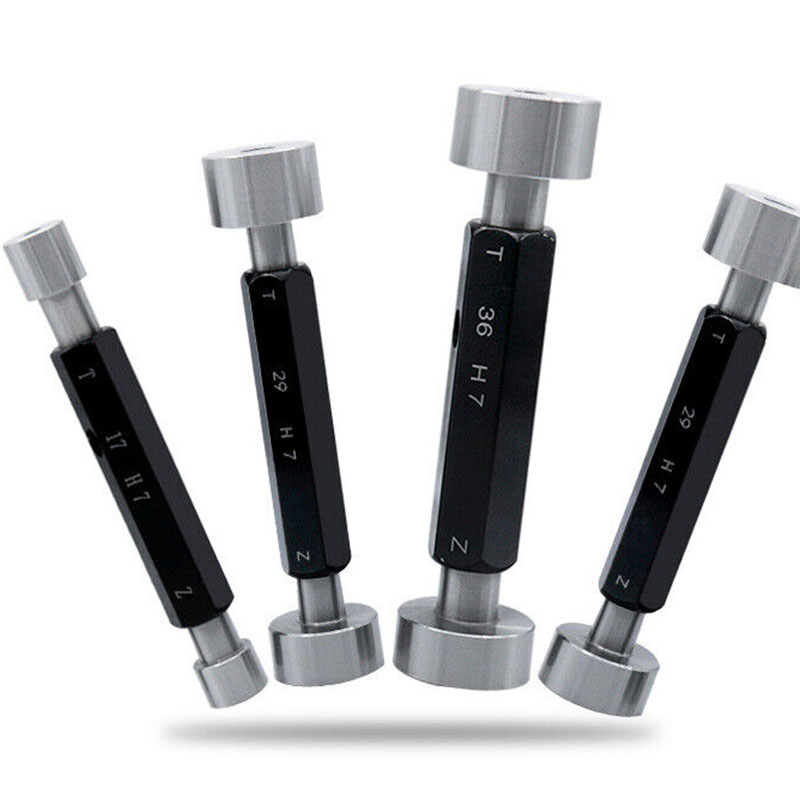Nën . 18, 2024 13:31 Back to list
y type strainer
Understanding Y-Type Strainers A Comprehensive Overview
In the world of fluid management and processing, the proper filtration of liquids is critical for ensuring efficiency and longevity of equipment. One essential device used for this purpose is the Y-type strainer. This article explores the fundamental aspects of Y-type strainers, their construction, applications, advantages, and considerations in selection and maintenance.
What is a Y-Type Strainer?
A Y-type strainer is a type of filtration device designed to remove unwanted solids from liquids in a pipeline system. Named for its shape, which resembles the letter Y, this strainer contains a cylindrical body with inlet and outlet ports and a filter element located inside. Y-type strainers are commonly used in various industrial applications, including water treatment, chemical processing, and oil and gas industries.
Construction Features
A Y-type strainer typically comprises several key components 1. Body Constructed from various materials such as stainless steel, cast iron, or plastic, the body houses the filter element and provides structural integrity. 2. Cover The strainer features a removable cover, allowing for easy access to the filter element for cleaning or replacement. 3. Filter Element This is the core component of the strainer, responsible for trapping impurities. It can come in various mesh sizes to accommodate different applications and types of particulate matter. 4. Inlet and Outlet Ports These ports connect the strainer to the flow line, allowing liquid to enter and exit the device through the filter.
Applications
Y-type strainers are versatile and suitable for various applications, including - Water Systems They filter out debris and sediment in water purification and distribution systems. - Chemical Processing Used to protect pumps, valves, and other equipment from abrasive particles in chemical solutions. - HVAC Systems They help maintain clean coolant and lubrication fluids, ensuring efficient operation of heating and cooling systems. - Oil and Gas Y-type strainers guard against contaminants in pipelines, ensuring that the flow remains uninhibited.
y type strainer

Advantages
The use of Y-type strainers offers several advantages 1. Effective Filtration With the ability to filter out particulates efficiently, they help maintain the cleanliness and integrity of the fluid medium. 2. Low Maintenance The removable cover allows for quick and easy access for cleaning or replacing the filter element, reducing downtime. 3. Space Efficiency The compact design of Y-type strainers makes them suitable for installations where space is limited. 4. Versatility Available in various sizes and materials, they can suit different application requirements and fluid types.
Selection Considerations
When selecting a Y-type strainer, several factors must be considered - Flow Rate The strainer must be capable of handling the required flow rate without causing significant pressure drops. - Mesh Size The choice of mesh size depends on the type of particles to be filtered. A finer mesh will capture smaller particles but may require more frequent cleaning. - Material The construction material should be compatible with the fluid being filtered to avoid corrosion and contamination. - Installation Orientation Y-type strainers can typically be installed in any orientation, but vertical installation may improve sediment removal.
Maintenance Tips
To ensure optimal performance of Y-type strainers, regular maintenance and inspections are essential. Best practices include - Routine Inspection Regularly check for signs of clogging or damage to the filter element. - Cleaning or Replacement Depending on the application and frequency of use, the filter should be cleaned or replaced periodically to maintain flow efficiency. - Monitoring Flow Rates Watch for changes in flow rates, which may indicate a blockage or need for maintenance.
Conclusion
Y-type strainers are vital components in many industrial processes, providing effective filtration solutions to protect equipment and maintain system integrity. Understanding their construction, applications, and maintenance needs can help industries choose the appropriate strainers for their specific requirements, ultimately enhancing efficiency and performance in fluid management systems.
-
Why Metric Trapezoidal Thread is Ideal for Precision Motion ControlNewsAug.05,2025
-
The Unique Properties of a Block of Granite for Industrial UseNewsAug.05,2025
-
The Role of Flanged Y Strainers in Preventing Pipeline ClogsNewsAug.05,2025
-
The Importance of Regular Calibration for Master Ring GagesNewsAug.05,2025
-
How a Cast Iron Surface Table Enhances Accuracy in ManufacturingNewsAug.05,2025
-
Comparing Different Check Valve Types for Optimal Flow ControlNewsAug.05,2025
Related PRODUCTS









